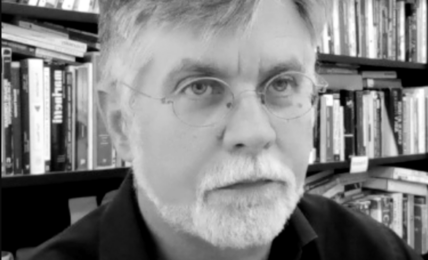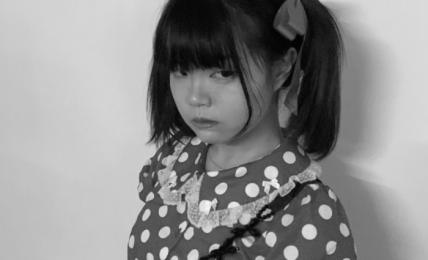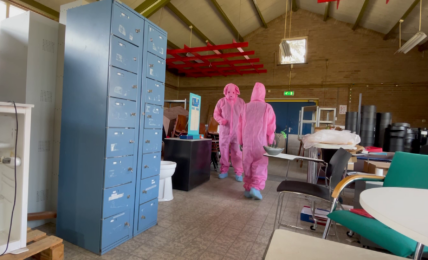Digital America interviewed Ryota Matsumoto in April 2023 about his piece Electric Flesh and Anatomical Intervention.
:::
Digital America: You have a rich background in architecture and art. What led you to these complimentary interests? How does that journey influence your work presently?
Ryota Matsumoto: I studied acrylic painting, lithography, and art history prior to embarking on my career as an architect and urban planner. Therefore, I am interested in how the fields of art and design have developed and influenced each other when it comes to the process of creative thinking. Specifically, I find the late 1960s to be a fascinating period, as that is when artists began to adopt the tenets of design praxis to their oeuvre, thus marking a pivotal moment in the intersection of these two domains.
This is also around the period when Gilbert Simindon, André Leroi-Gourhan, and, to a certain degree, Claude Shannon began to recognize the intrinsically pharmacological nature of design technology that co-evolves with humanity. Hence, media theorists have begun to perceive technology as part of the epiphylogenetic process. This concept also affirmed and accelerated the internalization of heteronomous artifactuality in one’s development as an artist.
Steve Baer, Tony Martin, and Ken Isaacs, to name a few, were the prominent instigators of the multidisciplinary art practice in that period, and their work certainly inspired me to engage and practice in the multimedia and transversal context as an architect. Furthermore, my multicultural and cross-cultural experiences of growing up in Hong Kong, Tokyo, and London during my formative years helped me embrace a broader perspective on sociocultural intermediation and engagement with both artists and designers in creative practice. Both fields are inseparable and have complemented each other in my professional career since early on.
DigA: The “Recursive Topography of Uncertainty” is one of the many works that feature bold color schemes and distinctive shapes. How do you choose your color palettes and shapes, and what role do they play in the overall mood or meaning of your designs?
RM: In view of the fact that affect pertains to the pre-individual and nonconscious multiplicity of intensities that can produce primordial forms of sensation that exist before the actualization of subjective experience toward art objects, colors, and forms are meant to create affective resonances that go beyond their physical properties and evoke emotional responses in the viewer’s perception.
In other words, the affect is the non-representational pre-individual state of becoming that emerges from the a-signifying interaction between viewers’ percepts, art objects, and their surrounding environment. By working with disembodied states of affect, artists can tap into the pre-personal state of cognitive intensities and establish a direct and immediate connection with the viewer.
In my work, Recursive Topography of Uncertainty, I employ the specific range and parameters of the color spectrum and topological configurations as a cognitive operation to produce a particular sensation in the viewer’s sensory faculties that are tied to the pre-individual and primordial flows of sense-perception. Through this approach, I seek to investigate how color and form can mediate affective experiences and how these experiences can be perceived as the multiplicity of pure immanence, where the boundaries between the self as the constantly evolving entity, nonhuman actants, and their external world eventually dissolve in heterogeneously composed hybridized networks.
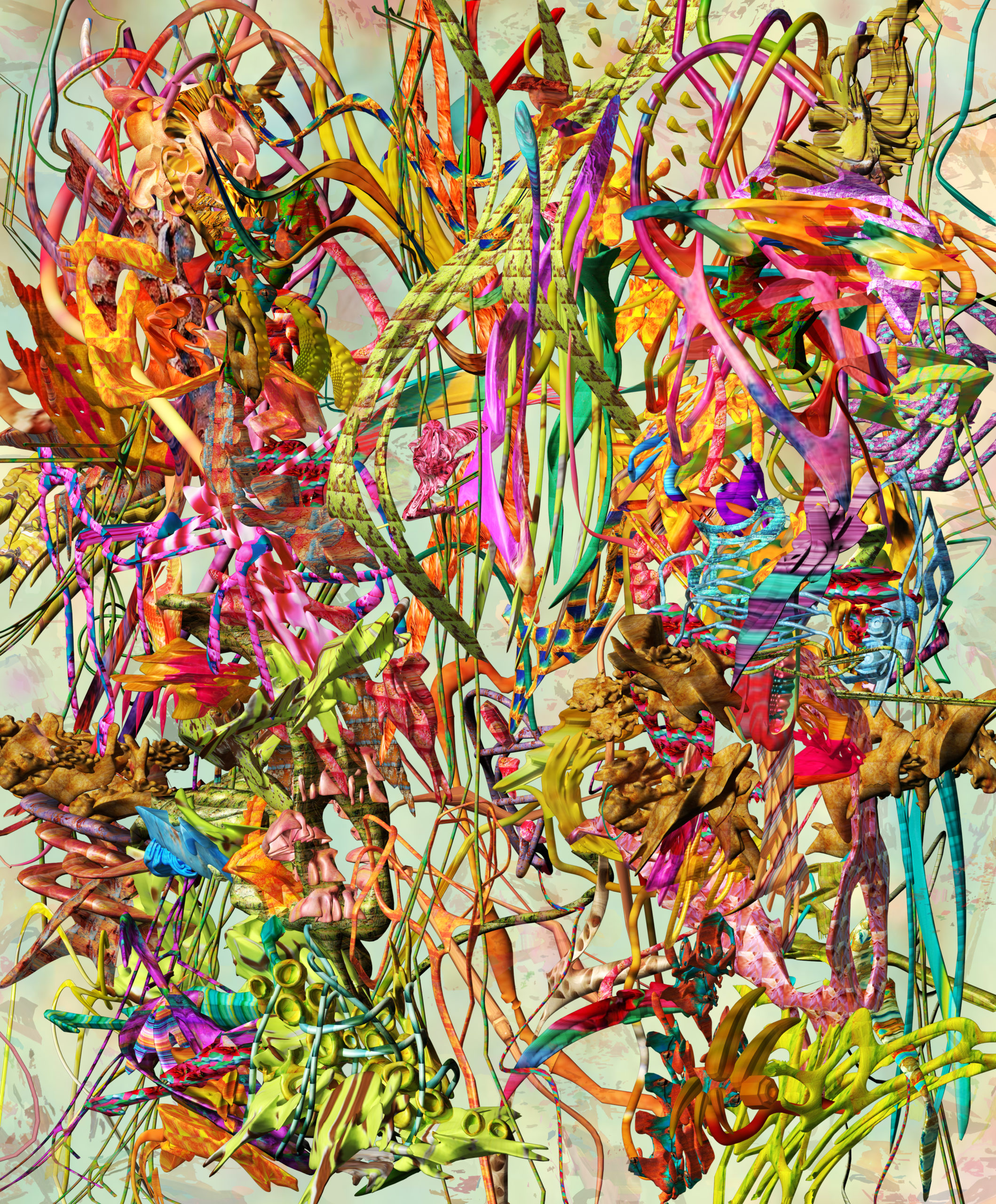
DigA: Your projects span different scales and mediums—from large-scale urban planning to digital. How do you balance these different areas of focus in your work? How does your process adjust to various media and scales?
RM: First and foremost, it is important to embrace the diversity and complexity of each project, and to approach each one holistically as the dynamic organological system of interferences, differentiation, and contingencies. This involves adopting a flexible and adaptable approach to the creative process and being open to experimentation, extemporization, and embedded indeterminacy.
Rather than treating different scales and diverse mediums as separate, preconceived, and antecedent conditions, one needs to view them as interconnected and overlapping domains that are constantly in flux. This requires a willingness to explore the potentialities that emerge from the entanglement or interaction between different scales and mediums and to employ these as a springboard to weave together temporal quasi-objects for further exploration, hybridization, and experimentation.
At the heart of this approach is the recognition that creativity is not a fixed or predetermined process but rather an indeterminate process of the noetic realms. To balance different areas of focus in work, one needs to be attuned to the flux and movement of ideas as potentials and be able to respond and adapt to the evolving needs of each project.
Overall, balancing inherited presuppositions and ever-changing assemblages of creative flux requires a flexible and adaptable strategy for one’s modus operandi, an openness to exploration and experimentation, and a willingness to embrace the dynamic and emergent nature of creative individuation as the artistic process.
DigA: You describe yourself as an artist who explores themes of transformation and change. What do you hope viewers take away from your work, and how do you hope it impacts them?
RM: My artistic endeavors revolve around the themes of morphogenesis in both living and non-living agents, and my objective is to create works that capture the intricate and interconnected nature of empirical reality in reciprocally intertwined relationships.
In a broader sense, I am fascinated by the complex socioeconomic factors that influence our understanding of technics as prosthetics for human faculties in the epiphylogenetic dimensions. These creative approaches are achieved by adapting a variety of materials and techniques to create visual assemblages that reflect the pharmacological aspect of organology and the nonunitary, multilayered dimensionality that coexists within it.
Through my work, I hope to inspire viewers to think about human constitutive technicity in more nuanced ways beyond the confines of social determinism in the archi-noetic context and to see the multimodal potentials that exist within technological development.
DigA: Lastly, how do you see your work evolving in the future? Are there any particular themes or concepts that you are interested in exploring further?
RM: Considering the progress of our collective individuation as social entities through technological advancement in the last 10 years or so, I believe that knowledge creation and its dissemination will continue to be shaped by a multivalent interplay of sociocultural and techno-pharmacological agents through our interaction with technical artifacts. This includes the way in which we create, share, and transmit knowledge across generations, as well as the underlying technologies that we use to facilitate the externalization of collective memory as tertiary retentions, as Bernard Stiegler stated in his first volume of Technics and Time.
One area of interest for me is the impact of digital technologies on collective memory and the ways in which we construct narratives about the past. With the rise of social media and other participatory platforms, we are seeing a multiliteracies approach to engaging with historical memory that challenges traditional modes of archival practices and documentation.
Rather than relying on a few authoritative sources to construct a historical narrative, people are able to share their personal stories and experiences with others, creating a rich tapestry of historical memory shaped by a diverse range of perspectives through participatory media. In short, everyone is able to contribute to the externalization of collective memory from the mnemonic capabilities of networked mediation.
I am fascinated by the new modes of engaging with historical memory and how they pave the way for more inclusive and sustainable representations of sociocultural artifacts. Our understanding of the past is not only formulated by the content of historical narratives but also by the technological context in which they are presented as epiphylogenetic constructs.
:::
Check out Electric Flesh and Anatomical Intervention by Ryota Matsumoto.
:::
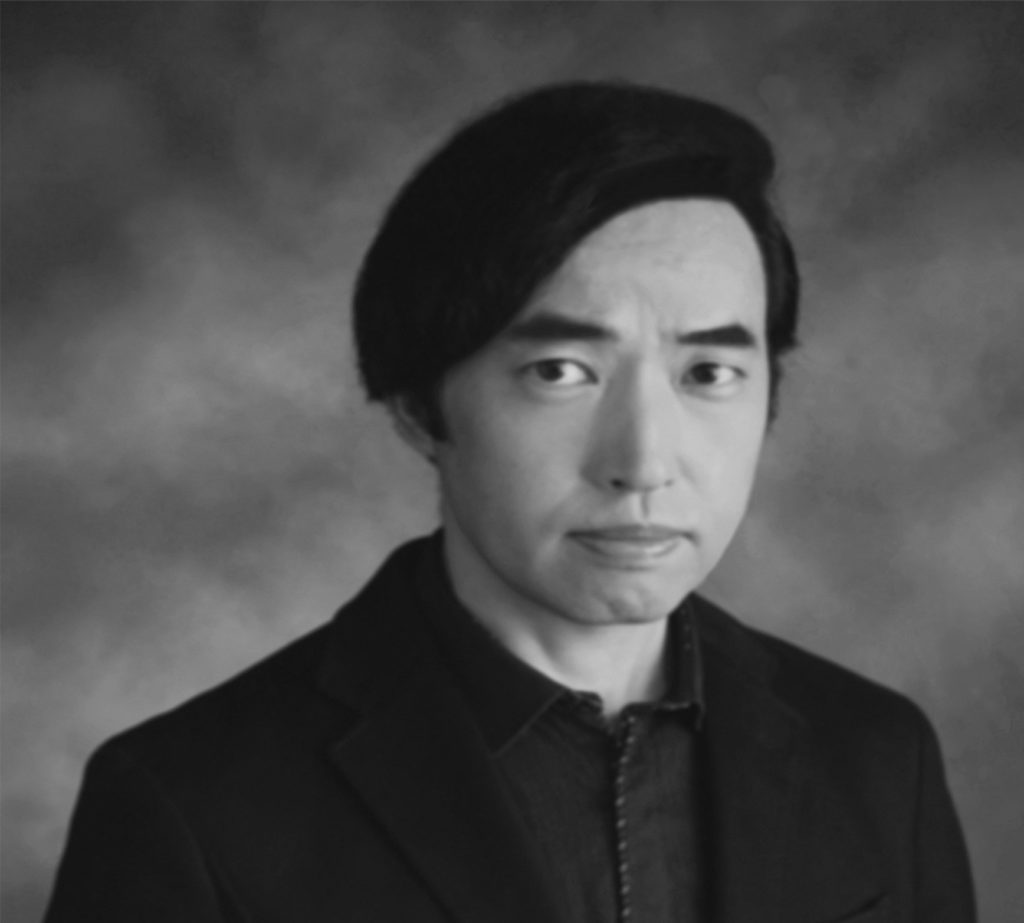
Ryota Matsumoto is a new media artist, educator and architect based in New York and Tokyo. He received a Master of Architecture degree from the University of Pennsylvania in 2007 after his studies at the Architectural Association in London and Mackintosh School of Architecture, the Glasgow School of Art in the early 90s.

